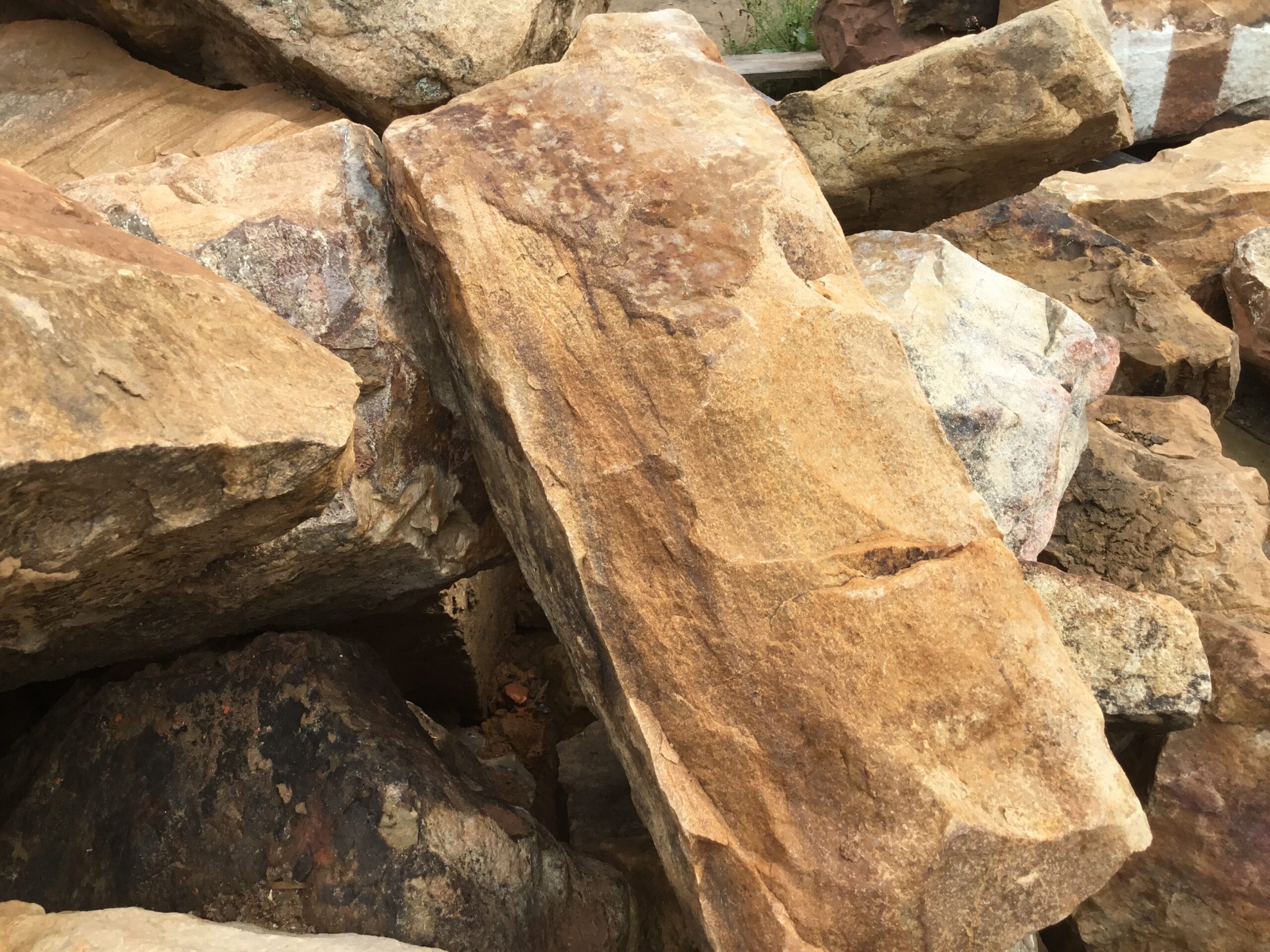Exploring the rich history embedded within natural stone is a passion of mine. Recently, I had the incredible opportunity to salvage and repurpose an 1860 train station nestled along the Norfolk Southern Railway in Bluefield, Virginia. This historical gem was crafted from a remarkable iron-rich sandstone, boasting a distinct tight grain that retains the unique ability to be dressed and cut with nothing more than a hammer. The hues of this stone are a striking combination of pink, iron-streaked brown, and subtle shades of grey, lending it an unparalleled character.
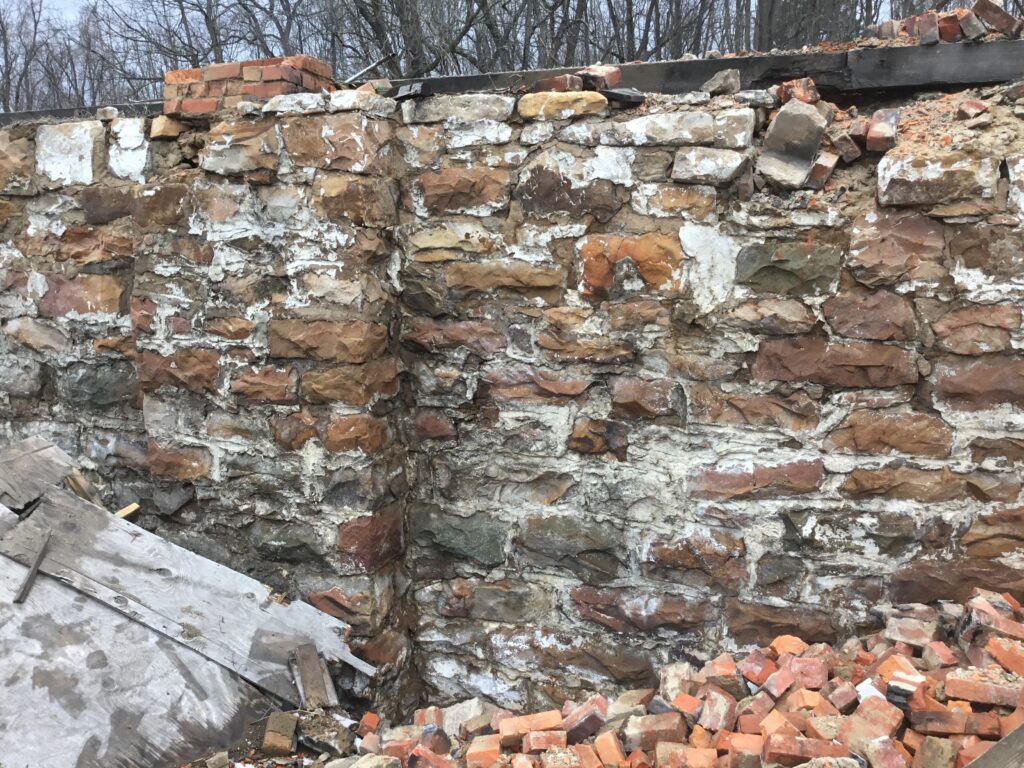
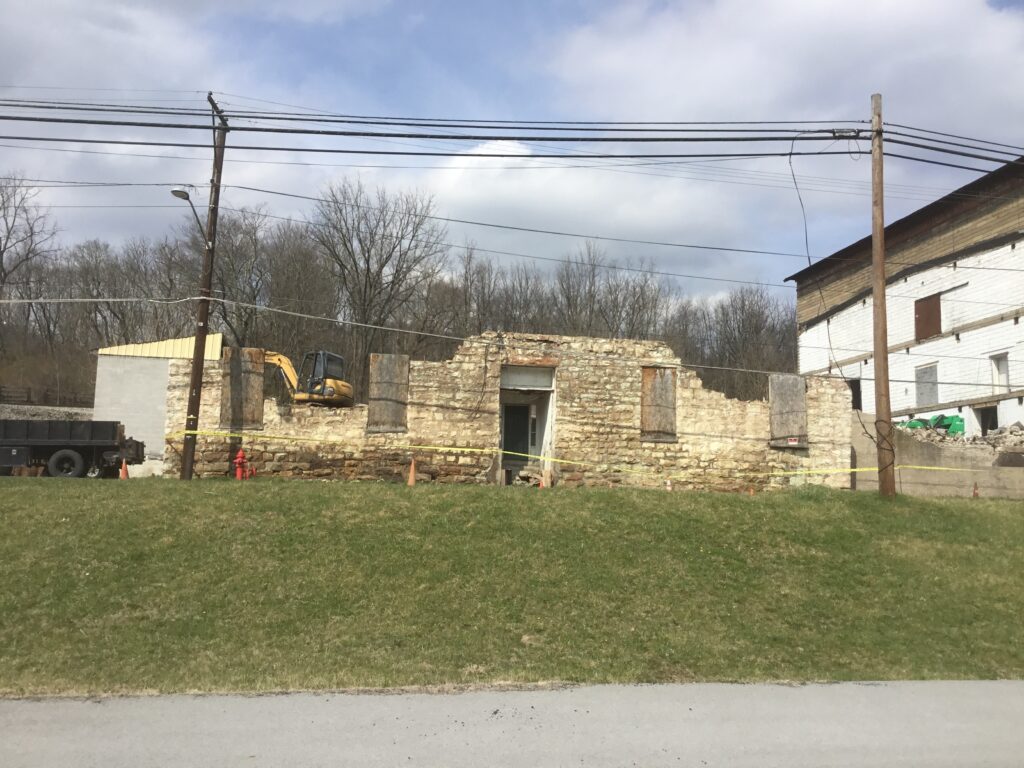
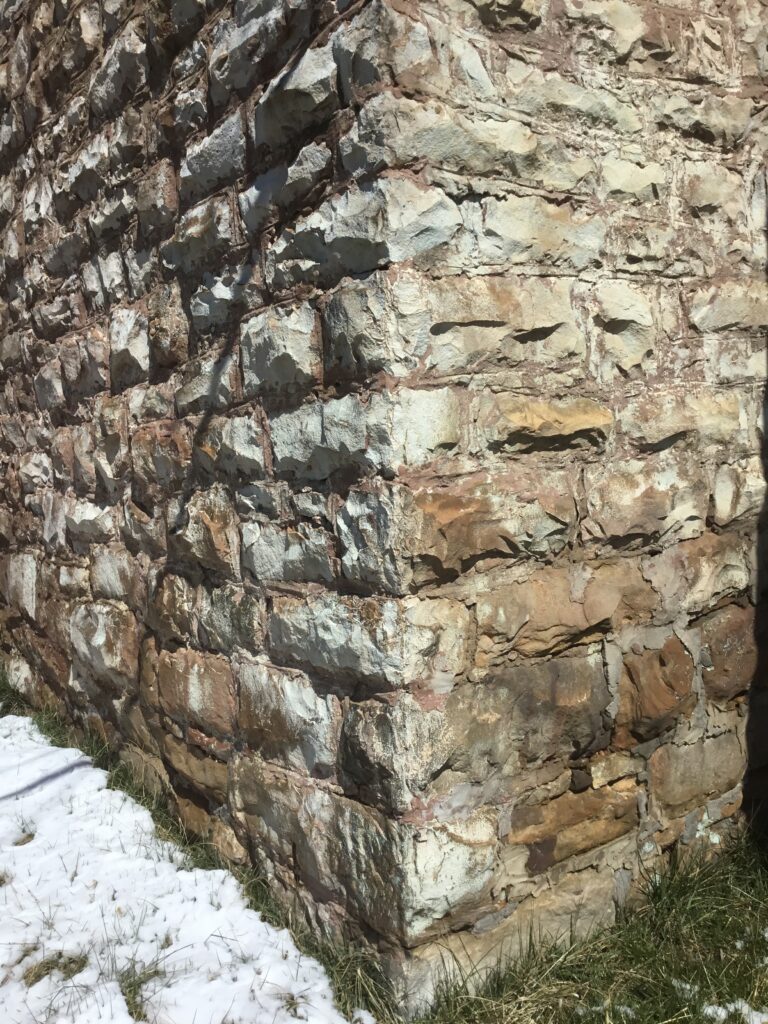
One of the most captivating aspects of this stone lies in its dimensional scale. Some of the pieces salvaged from this station measure up to an impressive 17 inches in thickness. Additionally, parts of the building, lightly whitewashed over time, have acquired a charming patina that adds to the stone’s allure.
This particular geological marvel isn’t confined to this station alone. In fact, this type of stone was a foundational element in constructing numerous landmarks across West Virginia, parts of Virginia, and even portions of Pennsylvania, contributing to the enduring beauty and sturdiness of these structures.

Among the treasures salvaged from this historic site are stunning header lentils that once adorned the windows, crafted from the same remarkable material. These lentils, with their intricate details and weathered charm, are a testament to the craftsmanship of the era.
During the de-construction process, I meticulously measured and cataloged the salvaged materials. In total, I acquired approximately 7,000 square feet of this exquisite stone, carefully preserving its history and legacy. Additionally, reclaimed bricks from the same site further contribute to the story of this historic landmark.
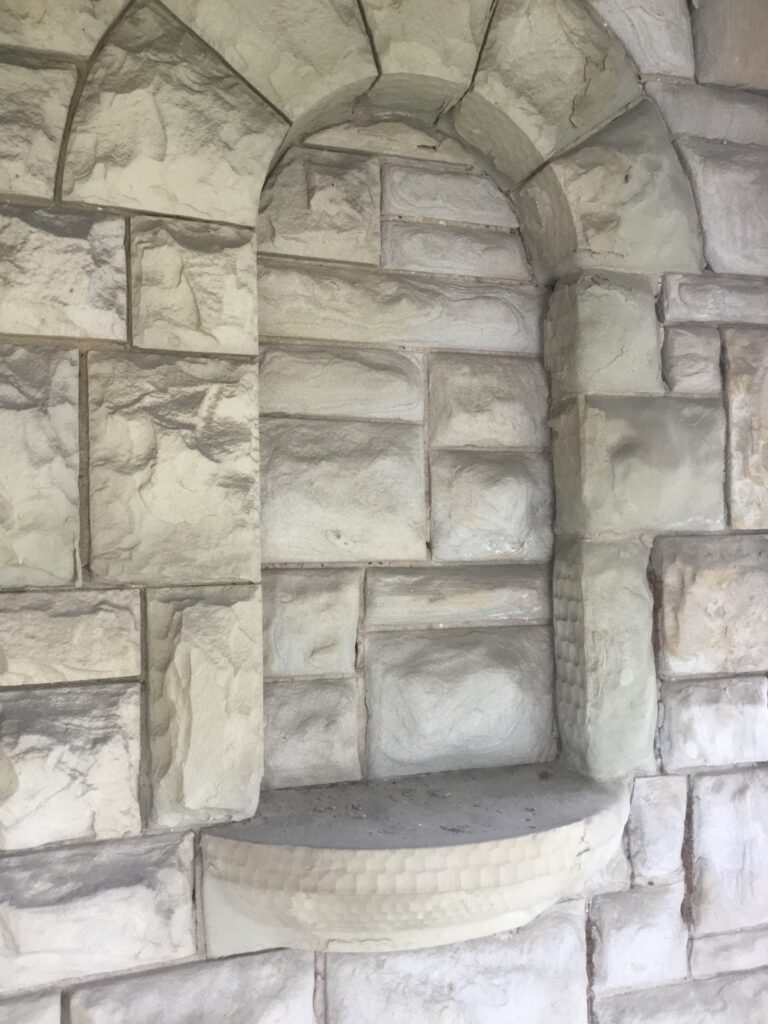
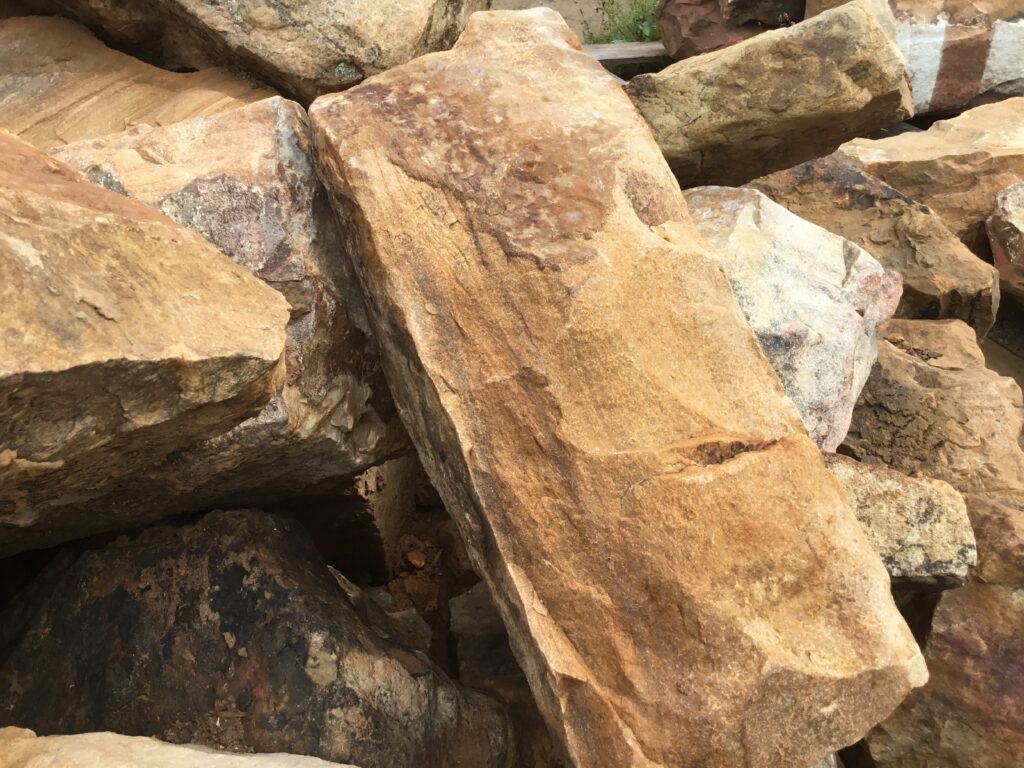
Don’t hesitate to reach out if you have any inquiries or wish to delve deeper into this fascinating journey through time and stone.


